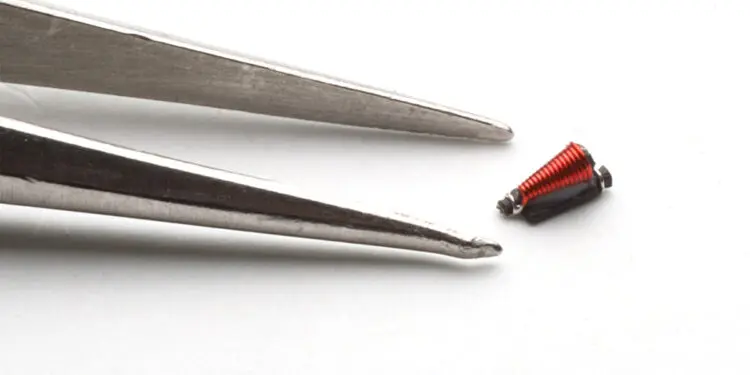Gowanda, New York (USA) – Gowanda Electronics, a designer and manufacturer of precision electronic components for broadband radio frequency and power applications, announces the introduction of a new broadband microwave RF conical inductor series – C070 – available in Surface Mount (C070SM) and Flying Lead (C070FL) configurations to enhance utility for the electronic design community.
Gowanda’s new C070 series was developed to address market needs and industry trends calling for ever-increasing performance from broadband conical components. It was designed for use in communication applications for bias T’s (filter signals, remove noise), broadband chip manufacturing, communication platforms, high frequency, microwave circuitry, RF test set-ups, test & measurement, test gear, test instrumentation and transmission amplifiers.
The performance range provided by the C070 series includes inductance from 0.165 µH to 1.050 µH, DCR ohms from 0.08 to 1.50 and current rating mA DC from 150 to 625. The series has been outgassing tested per ASTM E595 and meets the TML requirement of 1.0% max. Operating temperature range is -55°C to +125°C. Terminations are gold and RoHS compliant. The C070FL coil measures just 0.07 inches in length; the C070SM version is slightly longer overall, due to its SMT design. Please contact Gowanda for application-specific designs.
As with Gowanda’s previously introduced conicals, this new C070 series offers robust construction to assure predictable frequency response and repeatable RF performance. The unique broadband response of the coil is attributed to its precision winding, wire selection and coil configuration.
This expansion of Gowanda’s conical product line leverages the company’s proprietary production processes, extensive design experience, and custom capability expertise to deliver high performance, cost-effective, standard and custom broadband solutions to address the needs of the global electronic design community.
































